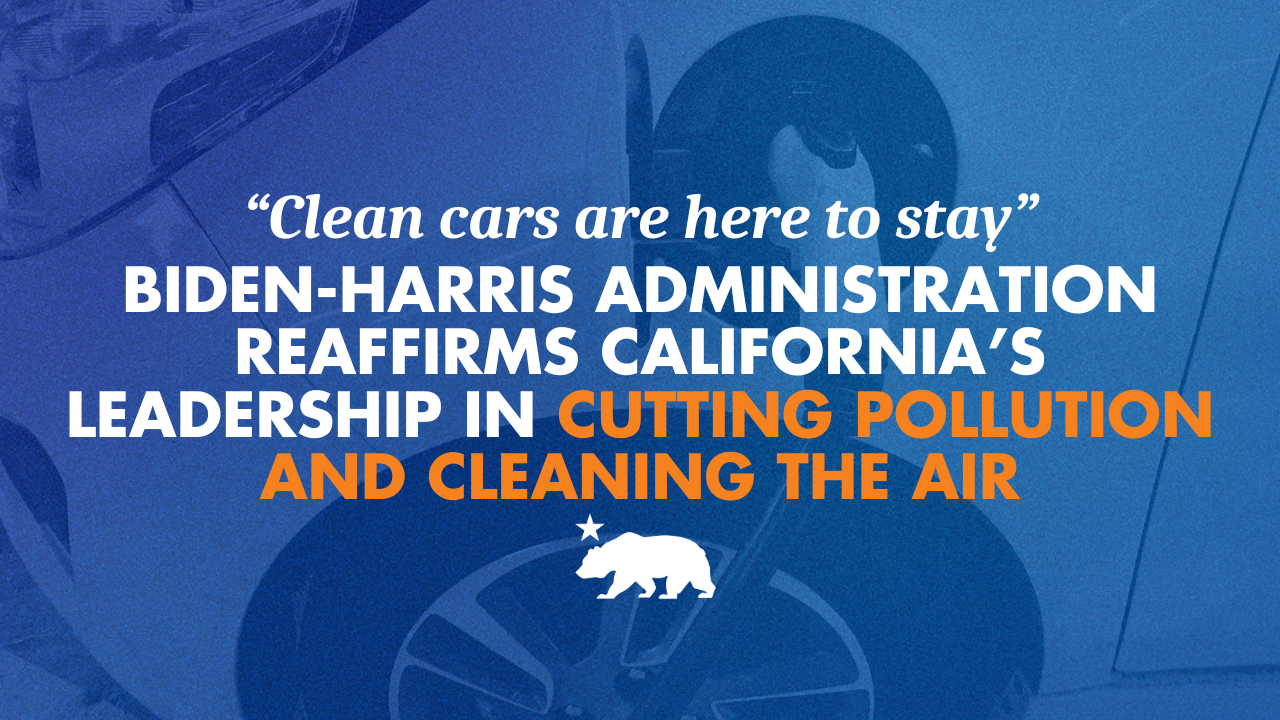California's Accelerating Shift Towards Zero-Emission Transportation
Key Ideas
- The Advanced Clean Cars II regulation in California aims to phase out sales of new fully gas-powered passenger vehicles by 2035, promoting zero-emission vehicles like electric and hydrogen-powered cars.
- By switching to zero-emission vehicles, consumers in California stand to save over $7,500 in costs, resulting in net savings of over $90 billion for Californians, while also reducing harmful pollutants by over 25% and saving billions in public health costs.
- The regulation not only provides consumers with cleaner vehicle options but also ensures durability, reliability, and stronger warranties for these vehicles, contributing to increased consumer choice and protection.
- California's comprehensive approach also includes incentives and infrastructure development to make clean vehicles more accessible, with plans to increase the number of publicly available charging stations to 250,000 and provide rebates to assist lower-income drivers in purchasing these cars.
California is at the forefront of the shift towards zero-emission transportation with the approval of the Advanced Clean Cars II regulation. This regulation is a significant step in combatting air pollution and improving public health by phasing out the sales of new fully gas-powered passenger vehicles by 2035. The move towards zero-emission vehicles like electric and hydrogen-powered cars is expected to save consumers money, improve air quality, and save lives in California. The regulation also aims to provide more protection for consumers with new requirements for clean vehicle durability and stronger warranties. Additionally, automakers are mandated to deliver an increasing number of clean vehicles to California, contributing to the state's goal of reducing its dependence on fossil fuels.
The Biden-Harris Administration's approval of a Clean Air Act waiver for heavy-duty omnibus regulation further underscores the commitment to reducing harmful emissions from transportation. The regulation sets targets for increasing the number of zero-emission vehicles delivered for sale in California, reaching 100% by 2035. The increasing accessibility of clean vehicles, falling prices, and growing charging infrastructure in California indicate a positive trajectory towards a cleaner transportation sector.
It's important to note that the Advanced Clean Cars II regulation does not represent a ban on gasoline vehicles, with allowances for new plug-in hybrids and a focus on ensuring a cleaner fuel supply. California's proactive measures, including incentives, infrastructure investments, and regulatory frameworks, showcase a comprehensive strategy towards achieving a zero-emission future in transportation.
Topics
Utilities
Renewable Energy
Clean Energy
Automotive Industry
Job Creation
Public Health
Environmental Regulation
Latest News
